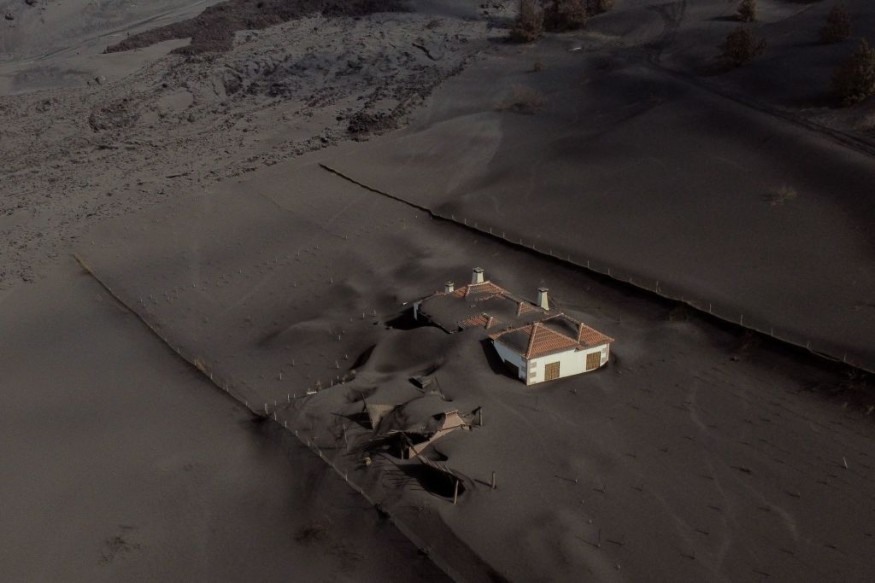
The Cumbre Vieja volcano was known to be an active volcano on the island of La Palma, and has been spewing lava in the Canary Islands in the past three months. However, experts are concerned that its recent seismic inactivity could mean a threat in the Spanish Island.
This year's eruption was considered the longest volcanic eruption in more than three centuries. Thousands of people were forced to flee as lava from the volcano go closer to their homes. "Every day there was something new - the thread of lava redirecting and coming our way," said a resident who lives on the island of La Palma.
However, experts had recorded no seismic activity since Monday night and had warned that the calm could mean the eruption was not over.
The longest eruption on record
The Cumbre Vieja volcano last erupted on Sept. 19 and was considered to be the longest volcanic eruption on the island in 343 years. With no seismic activity recorded recently; Spanish scientists are cautious as La Palma volcano quietens.
"That does not mean the eruption has finished, because in the past this has been followed by a new surge in activity," the Canary Islands' volcanology institute tweeted. "This is the longest length of time with no earthquakes since the eruption began."
Rubén López, a volcanologist, said there was minimal activity at the volcano that first erupted on 19 September. "Hopefully it will stay that way and we can start thinking about the end of this."
Aside from having swallowed more than 1,400 homes, the lava had destroyed many of the island's livelihood including its precious banana trees, and triggered several earthquakes.
A volcanic attraction
As crazy as it sounds, the volcanic action has also become a tourist attraction and was overwhelmed with the local's attention. Passengers even had to wait at least an hour to board in a shuttle service that goes to the vantage point for observation of the volcanic eruption.
"The buses take half an hour to get to the other side. We've been thinking about coming for a while, but we were a little bit reluctant because the people [who live on La Palma] were having a bad time. But when you see that the rest of the island is inviting people to come and see the volcano, we made our mind up. It's a way of supporting them," says a 47-year-old from Tenerife, another of the Canary Islands.
The September eruption had destroyed about 3,000 local buildings, and entombed large areas of farmland, but luckily no injuries or deaths have been directly linked to it on the island of about 80,000 people.
In fact, life in the island had continued normally despite having an entire section of the south-western side as the hardest hit.
"We have asked for support, and this is that, to solve some of the problems that we have on the island. This confirms what we have said every day, that the island is safe," according to Miguel Ángel Morcuende, the technical director of the team of experts monitoring the phenomenon.
© 2025 NatureWorldNews.com All rights reserved. Do not reproduce without permission.





